How to know if you have hearing loss?
Every person’s experience with hearing loss is unique. Your deafness may impact one or both ears, and it may be caused by a condition in the inner, medium, or external ear or by a combination of these locations. Understanding what kind it is and what caused it will help you discover the best solution. Learning more about the different types and reasons for hearing loss can give you the confidence to make the best decision for you or a beloved one.
- Types and causes
- Signs of hearing loss
- Prevention


When should you see a doctor?
Seek quick medical assistance if you experience sudden hearing impairment, especially in one ear.
Check with your doctor if severe deafness is problematic with daily life. Because age-related hearing loss develops gradually, you may not detect it at first. You can also take the best hearing aids.
How many Types of Hearing Loss?
Our hearing does not always function properly. Hearing loss can cause one or both earlobes and happen with a variety of factors. There are four different categories of hearing problems, each being frequently curable.

Conductive Hearing Impairment
Conductive hearing loss occurs when the external or inner ear cannot adequately conduct sounds.
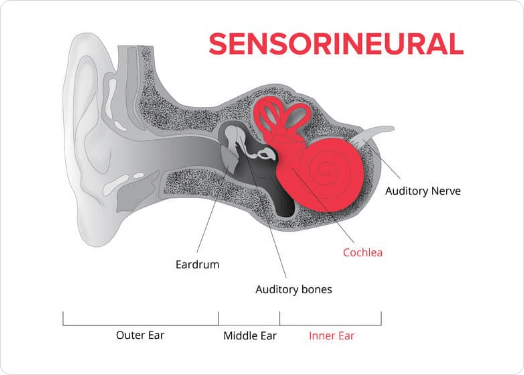
Sensorineural Hearing Impairment
Sensorineural hearing loss occurs whenever the stereocilia of the cochlear are absent or damaged. This could be a genetic condition, or it could be the result of head injuries, loud noise exposure, or anything else in the surroundings. Deafness is another prevalent symptom of aging.
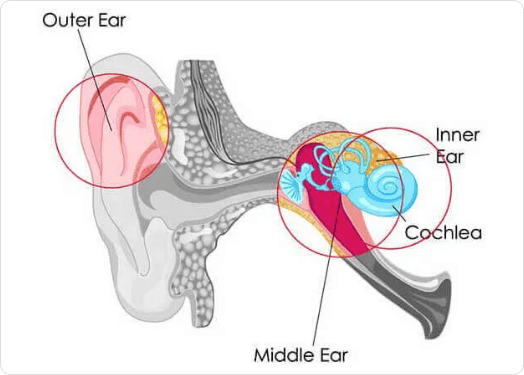
Mixed Hearing Loss
The term “mixed hearing loss” refers to a mixture of sensorineural & conductive hearing loss. It can have issues in both the internal and outside or middle ear. Oticon hearing aids can cure it.
Hearing loss impacts your life –
Hearing has a significant impact on our psychological, physical, & entire standard of living. Despite data demonstrating a higher risk of falls, melancholy, anxiety, & dementia in those with hearing loss, millions of citizens continue to ignore their condition.
- Help a family member
- Reasons why you should seek help
- Proper treatment

There are 8 signs that you may be suffering from hearing loss –
Have you observed that your interactions have taken on a different tempo lately? Perhaps you have the impression that people are muttering or that you are exhausted after a conversation with your friends?
Alternatively, perhaps the family has been dropping some ‘not so subtle’ indications that you are losing out about what they are trying to communicate?
01
TV Volume is a common complaint from your family members.
Possibly, you’ve come to notice how your loved ones keep reminding you to lower the volume on the television.
02
“Hear” is not the same as understanding.
In some cases, despite the loud repetition of what is being stated, you may not even be able to comprehend what is said.
03
A Noisy Environment Makes It Difficult to Hear
Whether you’re at a wedding, a cafe, or a grocery store, you’re likely to be chatting with somebody.
04
In Groups, You Have a Hard Time Understanding What Others Are Saying.
When a group of people is chatting, do you lose track of what they are saying?
05
Trying to make sense of something when you can’t see the other person’s face is more difficult.
Trying to comprehend someone when they’re talking with their back to you or their mouths covered makes it more challenging.
06
Face-to-Face Conversations Are Easier than Phone Calls
Even at maximum volume, trouble following phone conversations could be a symptom of hearing loss.
Types of hearing Aid
Our hearing devices are trusted by a wide user base across the globe. At Dazzle, we offer the widest range of hearing aids at the most affordable rates. Here are the different types of hearing aids we offer:
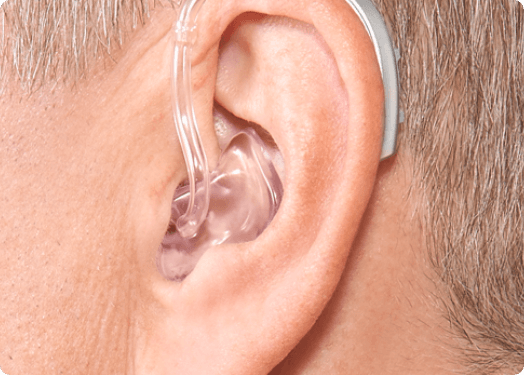
Behind-The-Ear (BTE) Hearing Aid
The BTE or behind-the-ear hearing aids are suitable for people with hearing loss. Larger than other hearing devices, BTE hooks over the top of your ear and rests behind the ear.
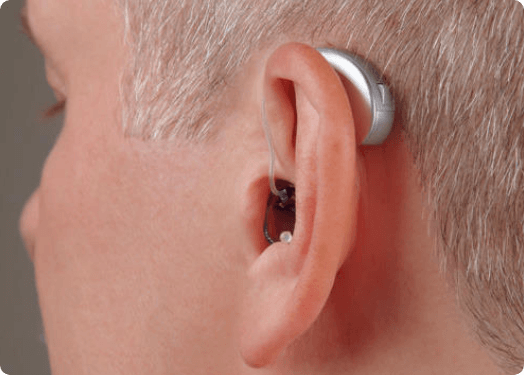
Receiver-In-Canal (RIC) Hearing Aid
Suitable for mild to severe hearing loss, receiver-in-canal hearing aids are perfect for beginners. The RIC type hearing device sits behind your ear and delivers sound directly into the ear.
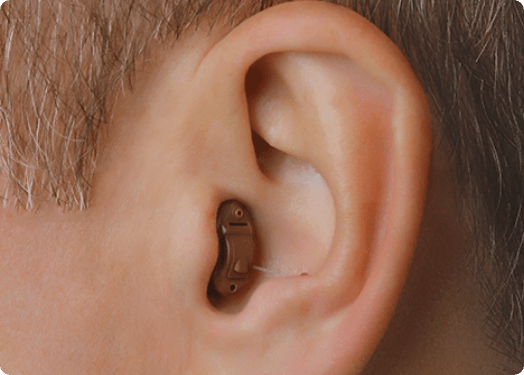
Completely In The Canal (CIC) Hearing Aid
Completely in the canal, hearing aids fit inside the ear, and only the outer part remains visible. These hearing aids are suitable for people looking for a discreet and stylish hearing aid.
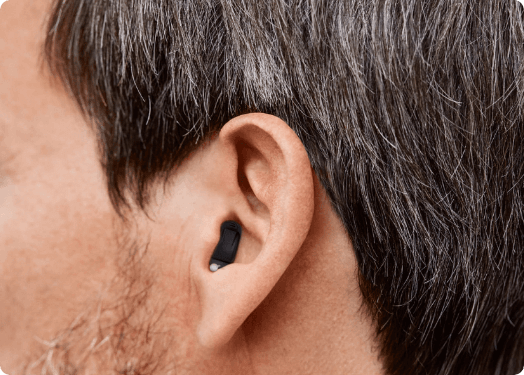
Invisible-In-Canal (IIC) Hearing Aid
As the name suggests, invisible-in-canal hearing aids are invisible and are designed to fit entirely inside the ear canal. IIC is known as the smallest custom hearing aid available on the market.

In-the-canal (ITC)
Lorem ipsum sit amit

Bluetooth
Lorem ipsum sit amit
Explore These Hearing Aids
Get the best hearing aids or use our hearing aid locator.

Signia
Improve your hearing with innovative, almost invisible hearing aids, which are now accessible in India. Enjoy crystal-clear understanding & unrivalled hearing satisfaction. Prices that are reasonable.
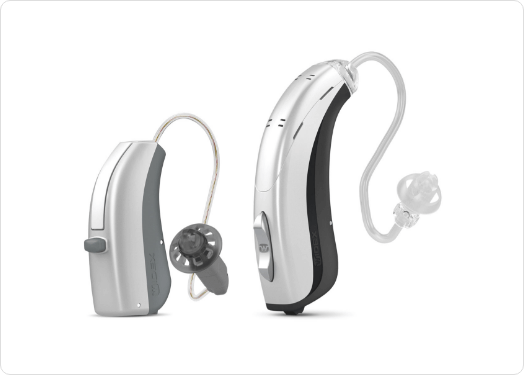
Widex
Widex offers a variety of the most efficient and updated hearing aids for people with hearing problems. Are you searching for Hearing Aids to help you improve your hearing?
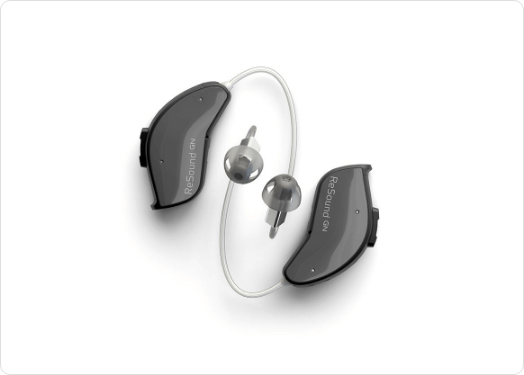
Resound
Resound hearing aids has become a pioneer in developing breakthrough hearing solutions, making individualised hearing easier and more enjoyable than before.
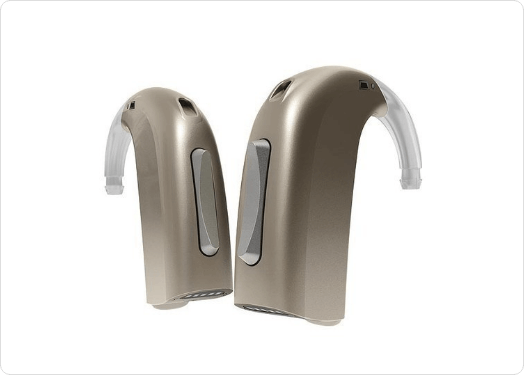
Oticon
Oticon is a revolutionary hearing aid designed with an onboard deep neural network. We offer a full line of Oticon hearing aids in all sizes and price ranges.
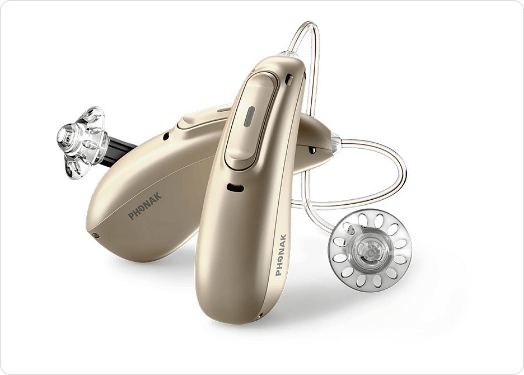
Phonak
Phonak is known for offering the best modern hearing aids. From invisible hearing aids to custom-made hearing aids, our range of Phonak hearing devices is trusted by many.
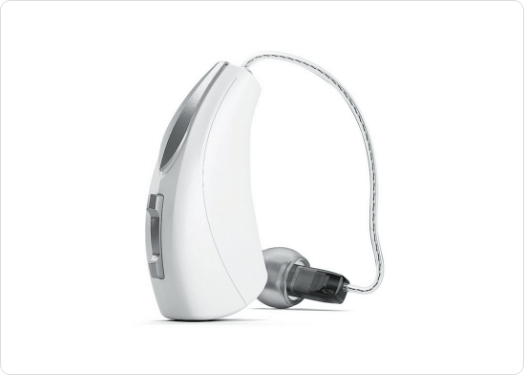
Starkey
Our broad line of hearing aids from Starkey is suitable for all forms of hearing loss. Starkey offers the first hearing aid that provides superior sound quality and a pleasant experience to users.
Frequently Asked Questions
How do hearing aids actually work?
A microphone, an amplifier, as well as a speaker make up the essential components of a hearing aid. Using a microphone, a hearing aid picks up sound waves & converts these into electrical impulses. These are then sent to an amplifier. An amplifier boosts the signal’s strength before it is delivered to the ear via a speaker.
How can I tell which hearing aid is best for me?
Hearing aids, with their most basic, are microphones that translate audio into electronic signals. The signal is amplified by an amplifier, which is then received by a receiver and delivered to the inner ear via an earmold or tiny tube. In order to use the hearing aid, a battery is required.
Do I need to wear hearing aids in both ears?
When is it preferable to use one hearing aid rather than two? Even if one of your ears is perfectly normal and the other has modest hearing loss. It is likely that you’ll be fine with only one hearing aid. Just make absolutely sure to get types of test tests to ensure that your “good ear” is still listening properly.
